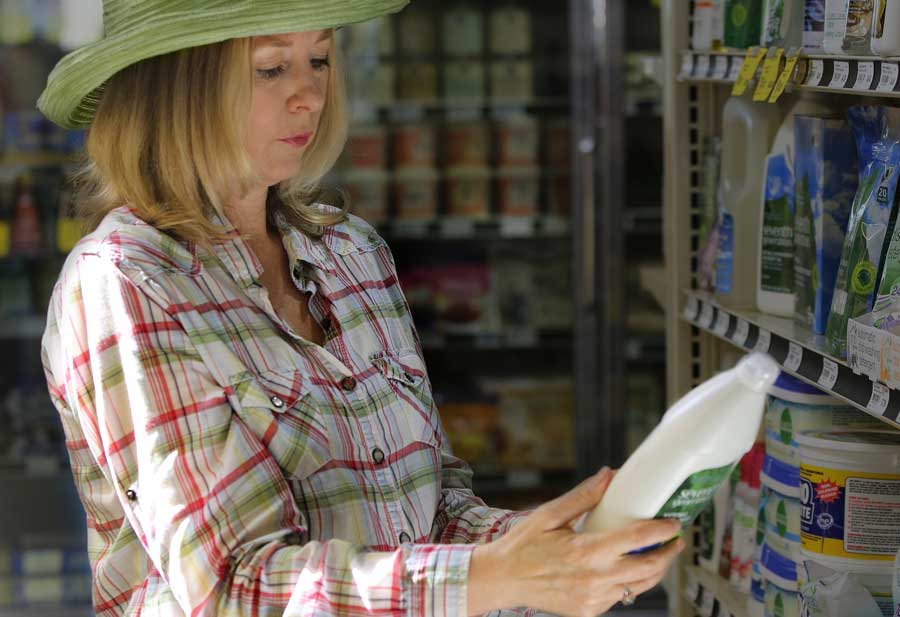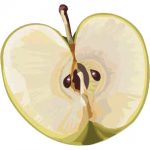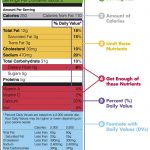Read the labels

One fact is becoming clear: “Read the Label First” is becoming the motto for Household AND Nutritional products…
The Nutrition Facts label is our guide to make informed choices and maintain healthy dietary practices, and the Household Product label is our guide to using products effectively and safely.
Check the handy EPA.gov “Why read labels” guide in pdf format.
On August 1st 2014, the FDA finally proposed to update the Nutrition Facts label, introduced 20 years ago, answering the rising concerns of nutrients associated with chronic diseases, such as heart disease, and inadequate consumption of nutrients, such as calcium, iron, or sugars.
So while we are waiting for labels to be more comprehensive, and the legal requirements more stringent, lets be clever and read wisely.
Read the label, not the front of the packaging.
Reading the ingredient label is the first way to know what is in our packaged food and how it is processed. Marketing claims can be misleading. For a fruit juice, unless it says it’s made from 100% fruit juice, there is a chance it contains more water and sugars than fruit.
Prioritize ingredients over calories
Look for short lists of things you recognize. For instance, on a container of oatmeal you should see: Ingredients: oats.
The first ingredient listed is the main ingredient.
The list is written in decreasing order. For example if ‘Tomatoes’ is on top of the list, it means that it is the largest ingredient in the recipe. Keep reading, if you don’t know the rest think twice before buying, or check first if the ingredients are safe for you. This may require asking the shop for more information and/or checking online, where many sites bring lists of unsafe ingredients. You only need to do this if you are unsure, and once checked the product can go on your ‘safe shopping list’.
Remember to re-check labels for products your regularly buy, every once in a long while.
Products may change their ingredients, adding or removing things, and you may find added ingredients you do not necessarily want.
Compare two similar items.
Make your choice based on the nutrients you want (e.g., protein and fiber vs. sugar & corn syrup). Content may vary widely from product to product.

Keep it real: use nature’s products wherever possible
Keep it real.
An apple is an apple. If you’re concerned about what is in your food, choose whole and unprocessed foods.The term “natural” is not regulated by the FDA. Products marketed as such can still contain artificial or added ingredients.
Do it yourself
If a product looks interesting, try to make it at home! Cooking and eating fresh ingredients saves you the time and effort of reading and understanding labels.
As for Household Products, Reading the label first is required to know how to properly use these products and for your safety information.
Many contain toxic and pesticide ingredients that can be harmful to humans, animals, or the environment. Even so, we use these products to clean our home. Some can be useful because they control insects, weeds, or other pests.
So maybe we should think first of cleaner and less toxic alternatives, for our health, just like for food.
Use inexpensive, easy-to-use natural alternatives
Baking Soda, Lemon, Cornstarch, White Vinegar, Borax, Citrus Solvent are some of the product you can use separately or together to clean your house.

Vinegar is a non-toxic and very useful household cleaner and more…
Learn a homemade recipe
Even if they smell “clean”, manufactured drain cleaners, toilet bowl cleaners and oven cleaners are the most toxic. For instance, as an alternative to toilet bowl cleaner, mix 1/4 cup baking soda and 1 cup vinegar, pour into basin and let it set for a few minutes, then scrub with a brush and rinse.
Change one habit at the time
Changing the type of sponges, opening windows from time to time to change indoor air, removing clutter regularly are all little steps towards a healthier living environment.
Vinegar is a great deodorant and can be used to regain a fresh smell in shoe closets or rooms. Baking soda can also be effective, though less strong. Just put a bowl of vinegar where you want to refresh the air or inside a smelly cupboard and leave for the night for it to work its magic.
Fact labels are a great place to pay attention to our health and learn new things daily, while avoiding toxins and unwanted chemicals.


